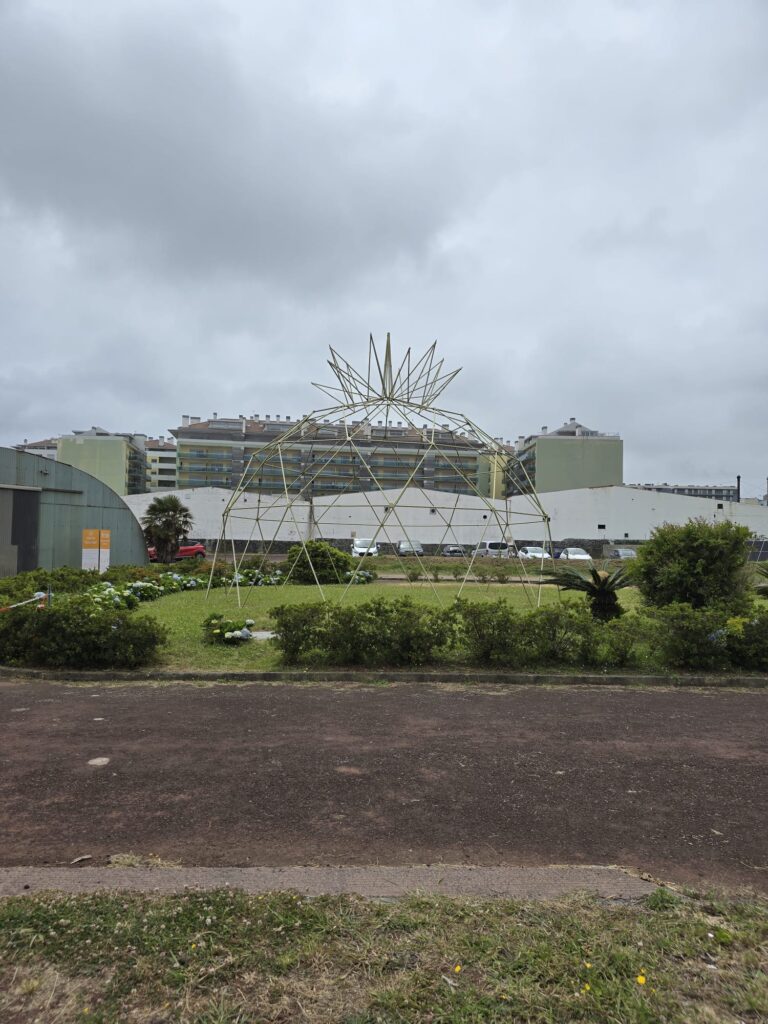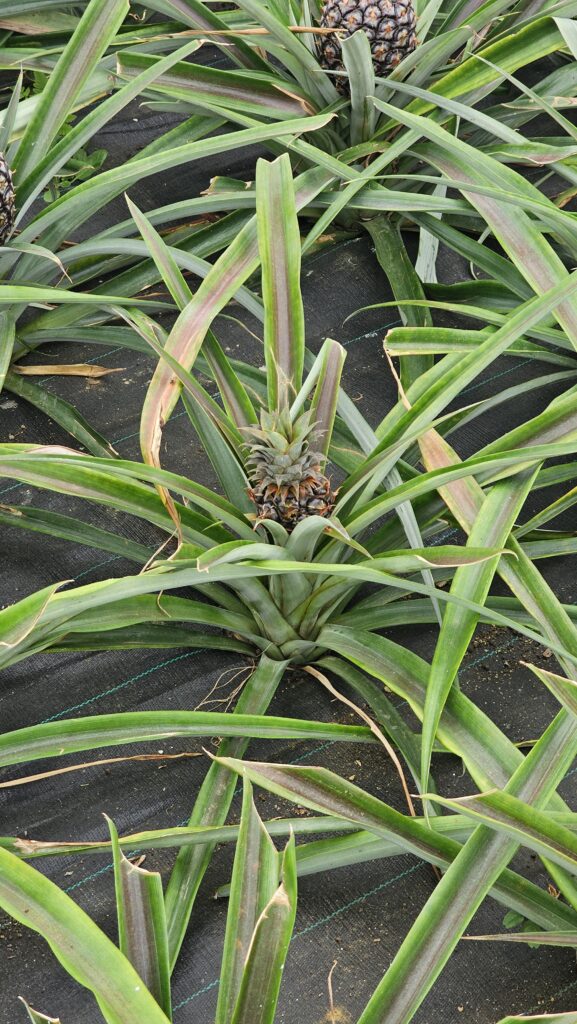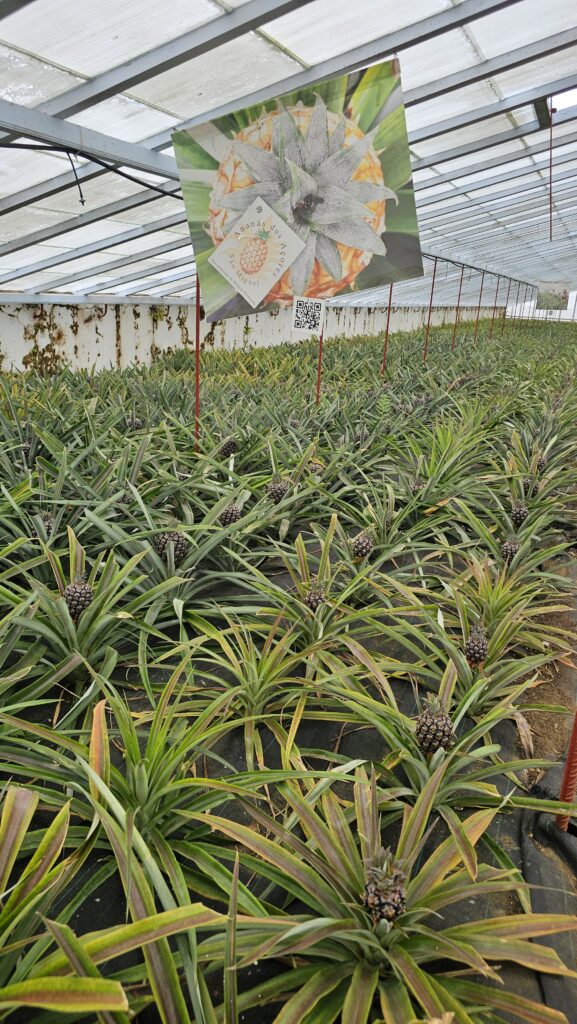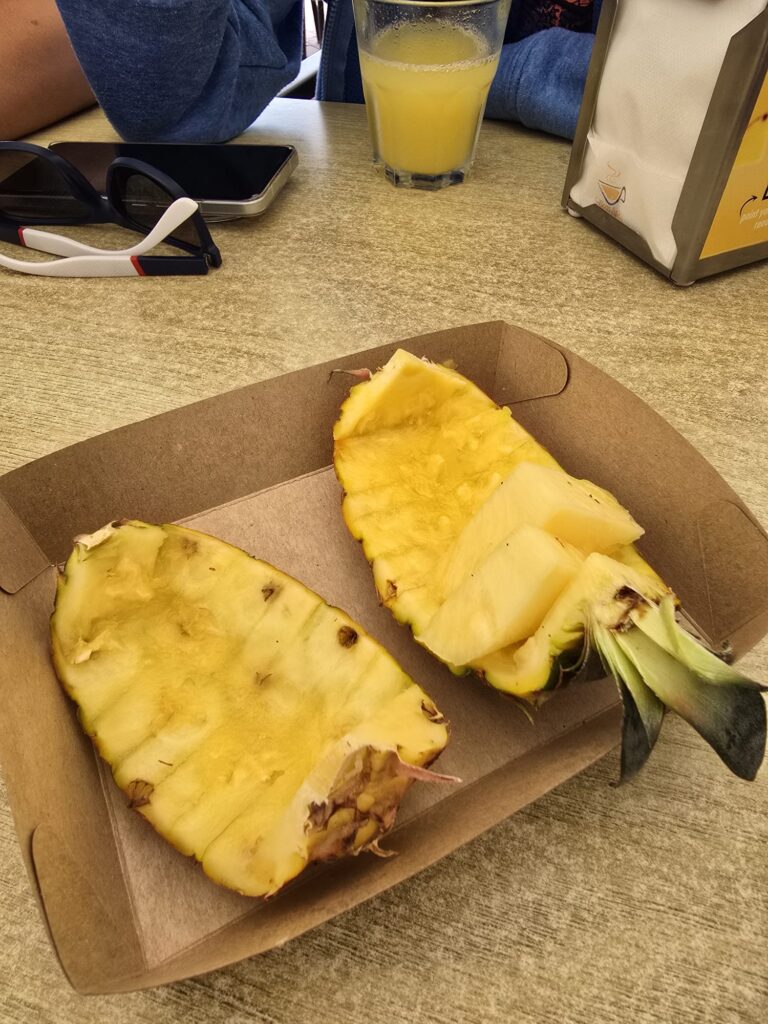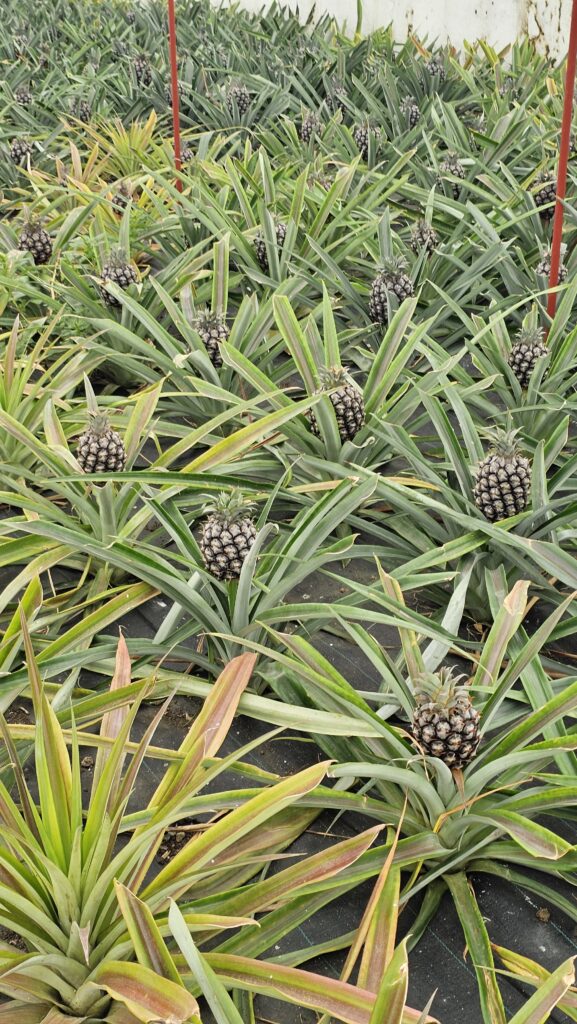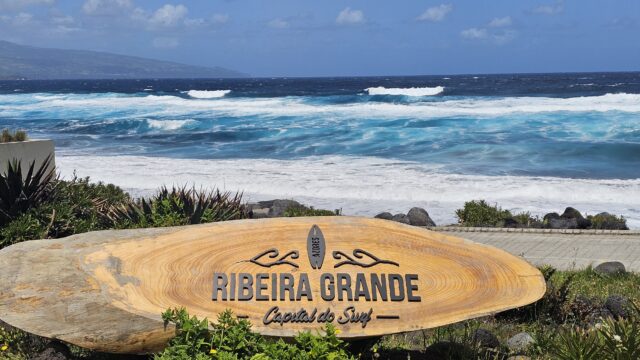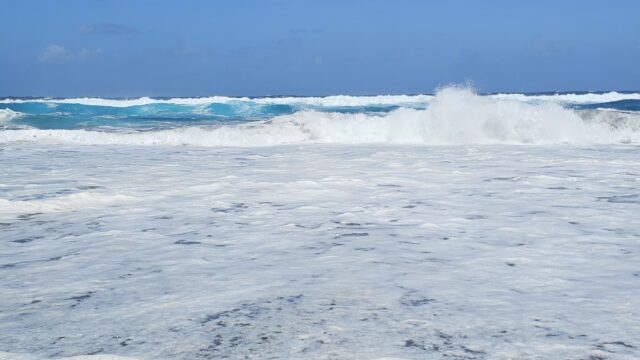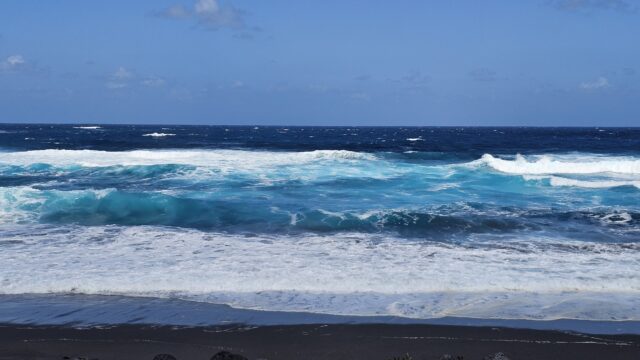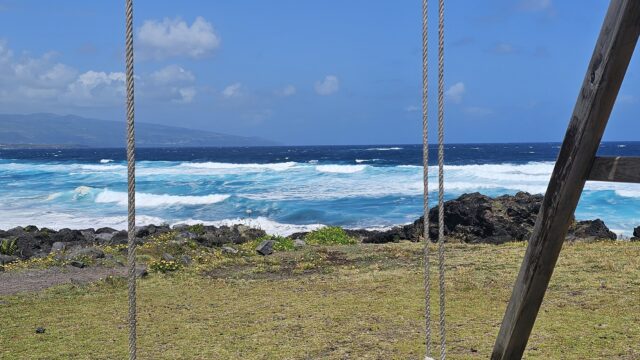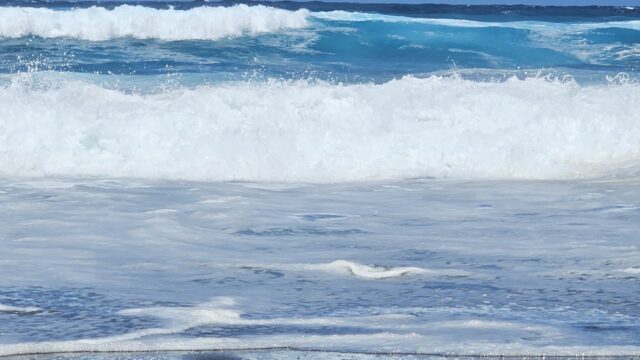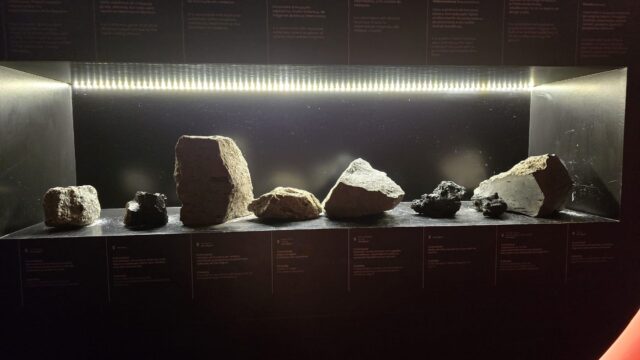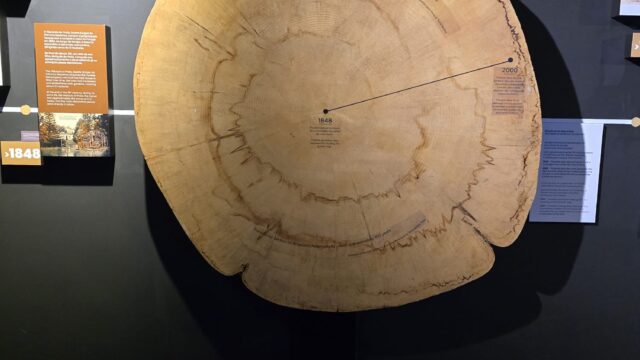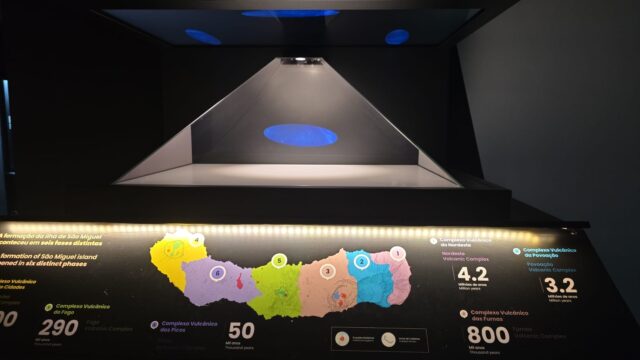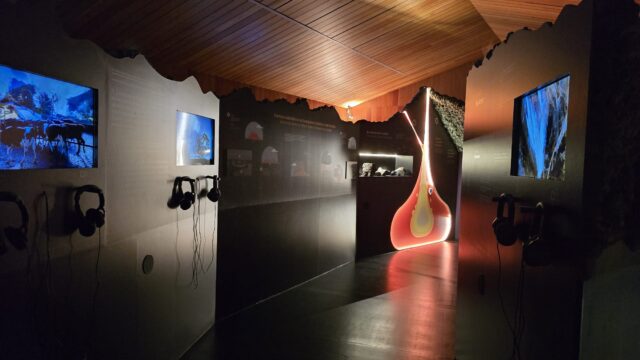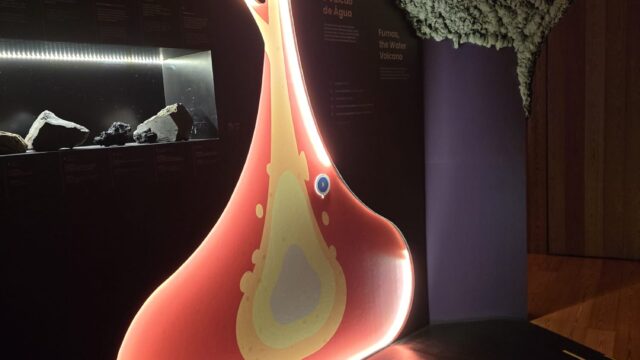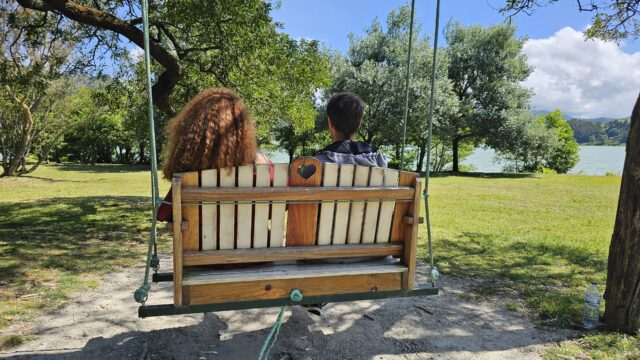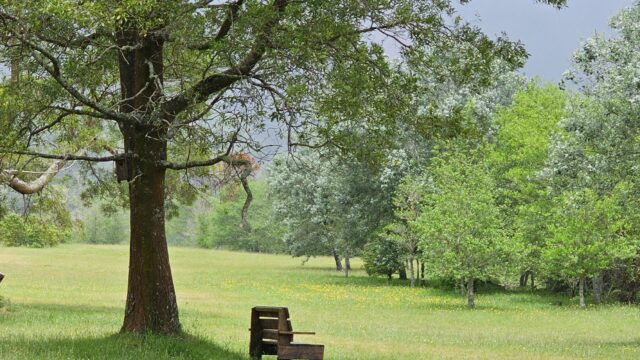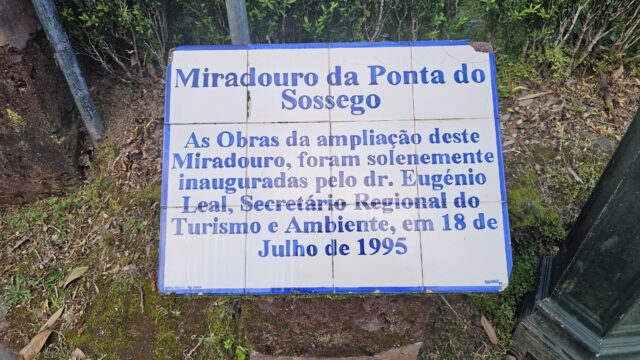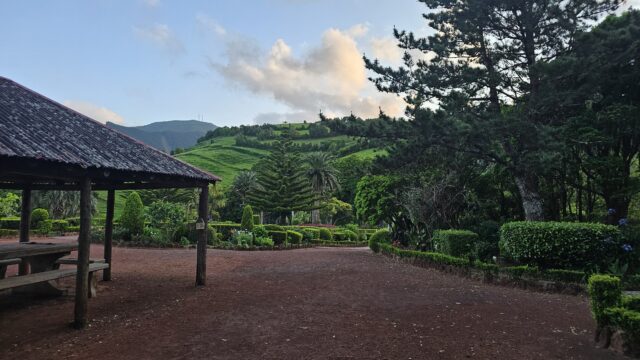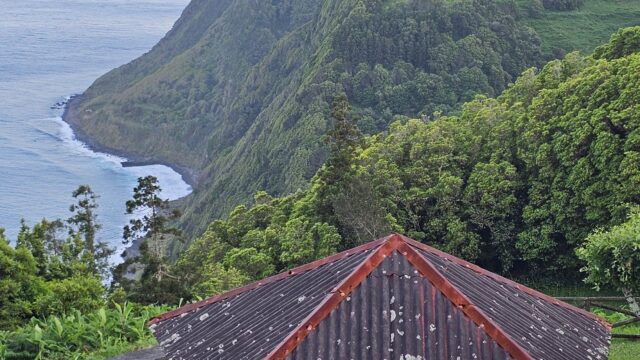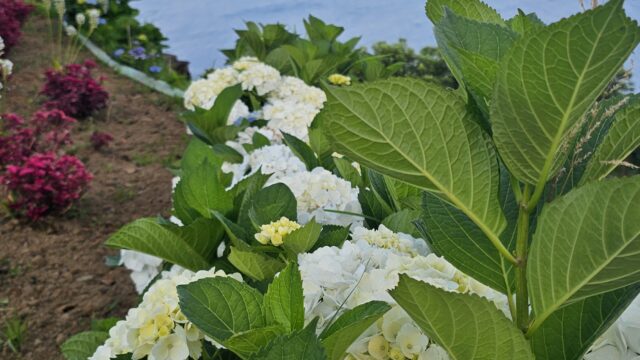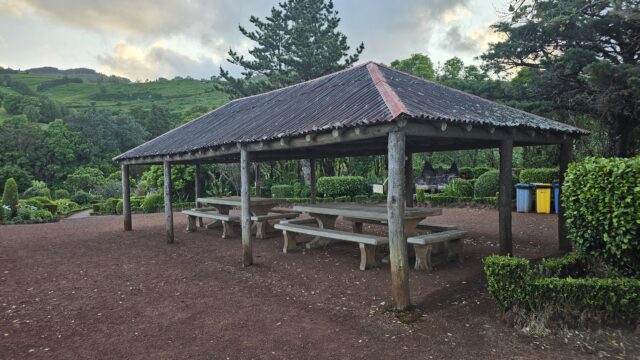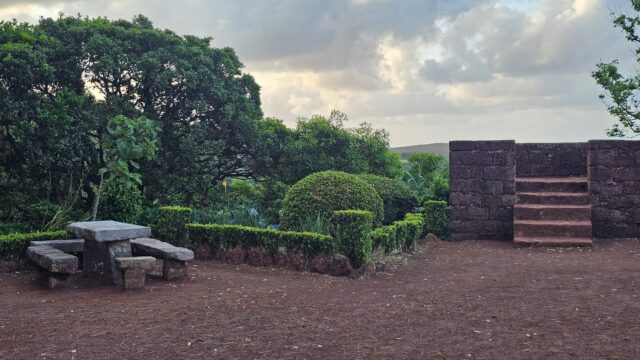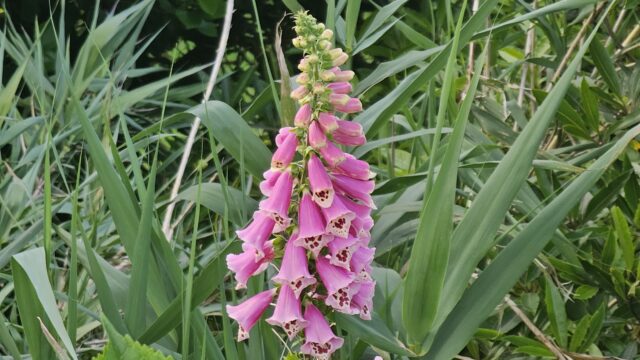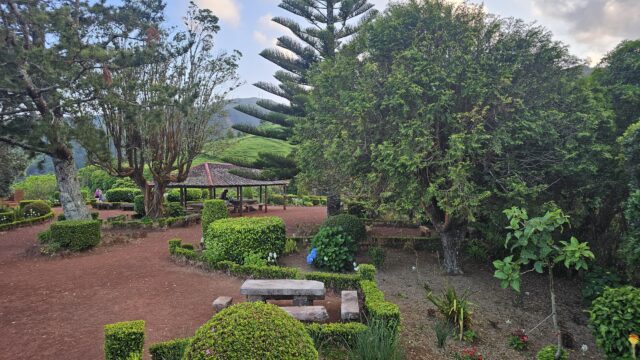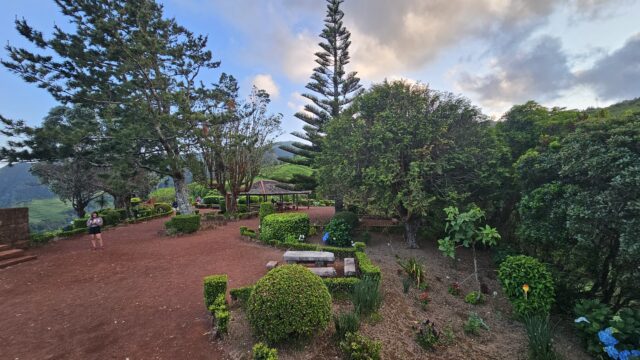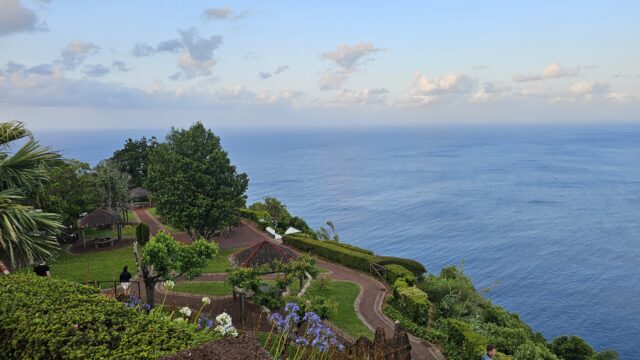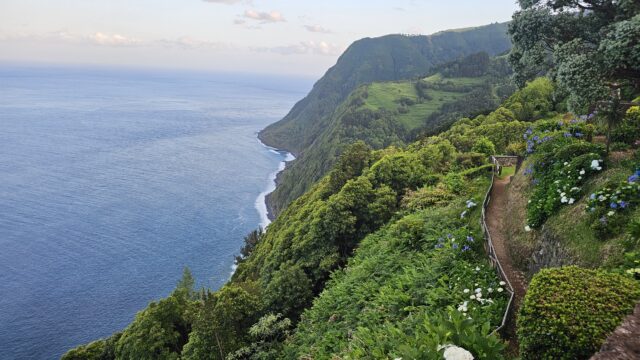Azorean Pineapple Plantation
Description
Beyond the greenhouses lies a living museum of 19th-century ingenuity. The original coal-heated germination beds still stand as relics of the first plantations, their brick channels now shaded by banana trees. In the fermentation room, pineapples soak in wooden vats of their own juice, destined to become the islands' golden liqueur. The real spectacle comes during flowering season (December-January), when thousands of plants simultaneously burst into shocking pink blooms - a sea of color visible through the greenhouse glass from the road outside. At the plantation's heart stands the "mother plant", a century-old specimen whose offspring have populated greenhouses across the archipelago.
This is where Azorean resilience meets tropical indulgence. The tasting room offers revelations: fresh slices that explode with floral acidity, jams spiked with local passionfruit, and the famous "Pineapple Champagne" served in vintage glasses. Outside, the "suicide greenhouse" demonstrates the crop's dramatic life cycle - plants left to wither after fruiting, their decaying leaves feeding the next generation. Local farmers still use the original **smoke induction** technique, burning Azorean cedar in special ovens to trick the plants into flowering. It's a reminder that here, between volcanoes and ocean, even the most exotic fruits bend to the rhythm of the islands.
Location
More Information
Review
Write a ReviewThere are no reviews yet.

